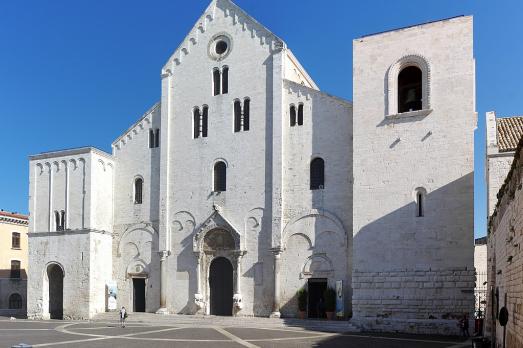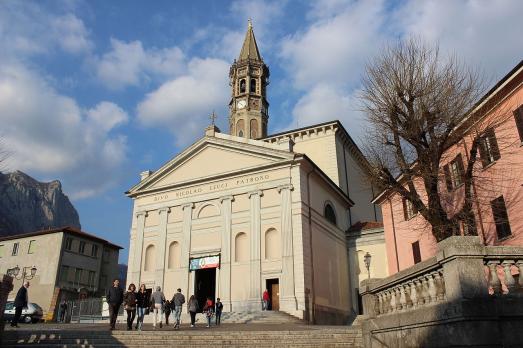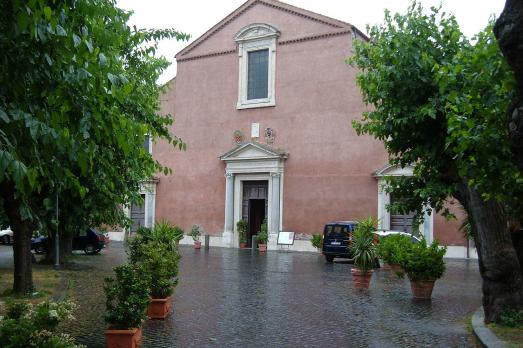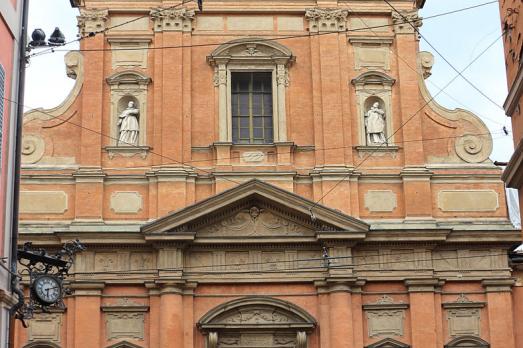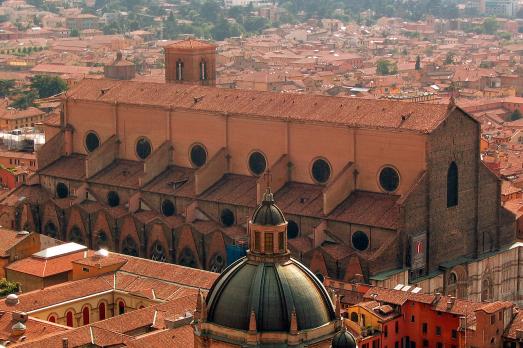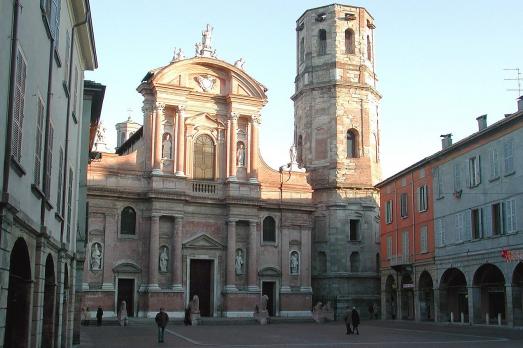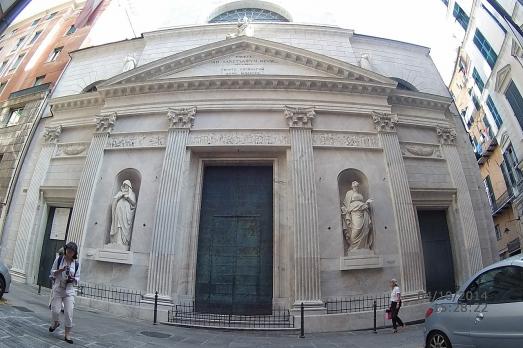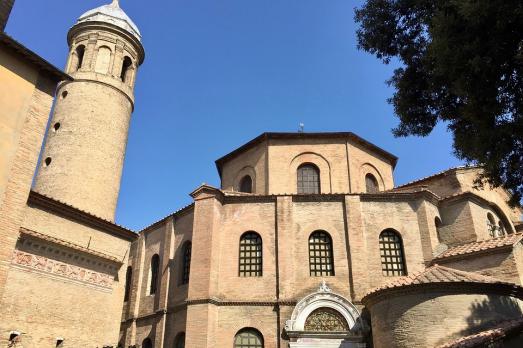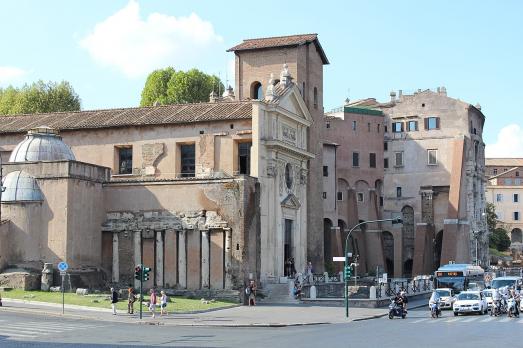
Basilica di San Nicola in Carcere
Roma, IT
The Basilica of San Nicola in Carcere was consecrated in the 11th century and partially rebuilt in the 16th century, on the site of an earlier church. The church is dedicated to St. Nicholas because of the Greek population in the area. In the 11th century, it was known as the church of Leonis Petrus, in reference to a Jewish family, converted, who turned the nearby theatre of Marcellus into a fortress. The basilica was rebuilt in 1599, with a new façade by Giacomo della Porta. The medieval tower and bell tower, abandoned at the time, have been preserved.
